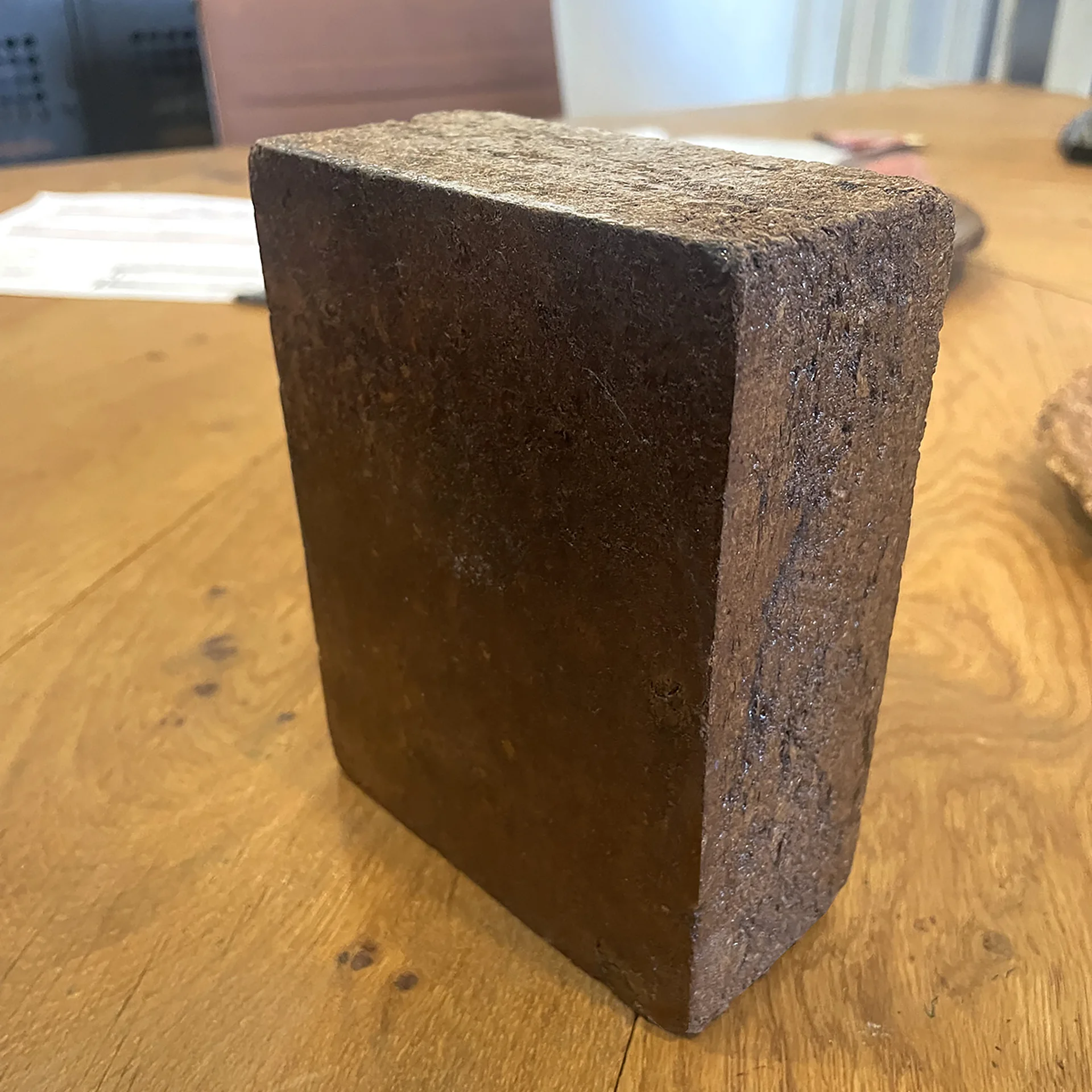Mushrooms Are The Future
Australian Dripping-bonnet forest mushroom (credit: CSIRO)
Mushrooms, the visible 'fruit' of fungi, are everywhere. Fungi were present before the first algae gained the capability to turn sunlight into energy, ie. photosynthesis, and they later formed a symbiosis with those energized green microbes. The new organism became adapted to living out of its aquatic environment and moved onto dry land. This multi-cellular, green pond-scum evolving into what became all the complex green plants that changed life on Earth. Potentially, mushrooms may have a new role to play now in pollution control as a bioremediation agents. That would reduce waste and also provide efficient, sustainable building materials as a bi-product. If successful field tests can be repeated and the process is scaled, a win-win-win situation would happen.
Fungi are nature's 'recyclers'. Without their services, dead biomass would simply pile-up on landscapes everywhere. Using their networks of below ground mycelium, their thread-like filaments that attach to organic matter, fungi reduce organic material into its constituent compounds with specific enzymes they metabolize. The white threads use any biological substrate as a food source. Fungi are not 'fussy eaters'. Essential growth stimulants like nitrogen, phosphorus, and trace elements are returned to the soil in this nutrient re-cycling process. Fungi and plants develop a symbiotic root relationship with grasses, plants, and trees known as mycorrhiza, or 'fungal roots'. The ancient Greeks, citing mukès (fungus) and rhiza (root), were the first to observe the association. With this companionship, fungi move nutrients throughout an ecosystem in a mutually beneficial and sustainable manner. Mushrooms, the fruit of these networks, produces the network's spores that begins the natural cycle again digesting more dead materials.


Mycorrhiza colonized roots and ecosystem nutrient recycling via fungal-plant symbiosis networks (credit: Wiki-commons)
Innovative technology companies are now trying to adapt this fundamental, ecological process for commercial uses like reducing wood and other waste materials to create clean and reusable substrates that can be formed into other materials. The Ohio architecture firm Redhouse Studios is focusing on designing safe, sustainable, and affordable housing. They already have demonstration buildings completed. The Company take debris from demolished, abandoned houses in Cleveland, often contaminated with toxic lead and asbestos, to grow mycelium that sequesters the toxic compounds. The resulting produced material is formed to create mycoblocks that can be used to construct new homes. Another pioneer in this emerging bio-design, manufacturing, and construction field is the New York firm Ecovative. They produce fungi-based alternatives to plastics for packaging, building materials, even clothing, and several other consumer products with their technology.



Mushroom blocks, flooring, and outdoor construction project (credit: Redhouse Studios)
In the movie The Graduate, Dustin Hoffman was advised that: "plastics are the future". A better piece of advise today would likely be: "mushrooms are the future". WHB